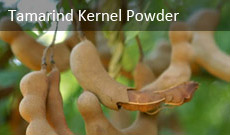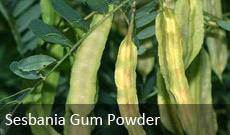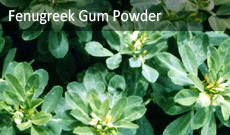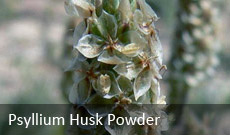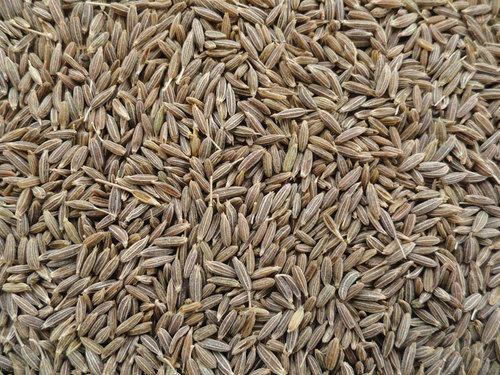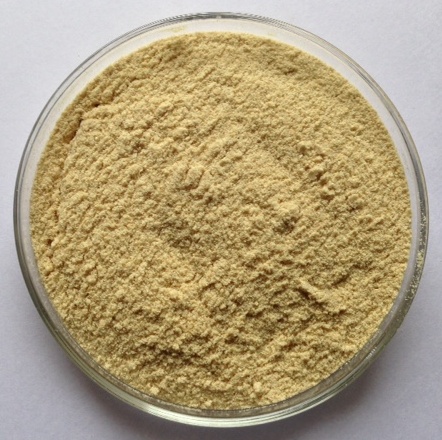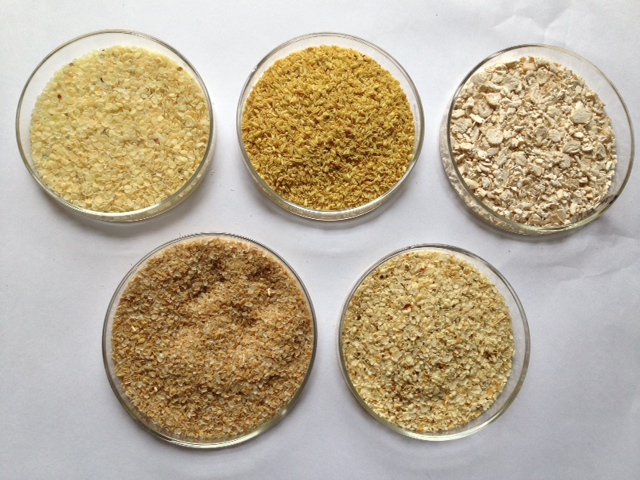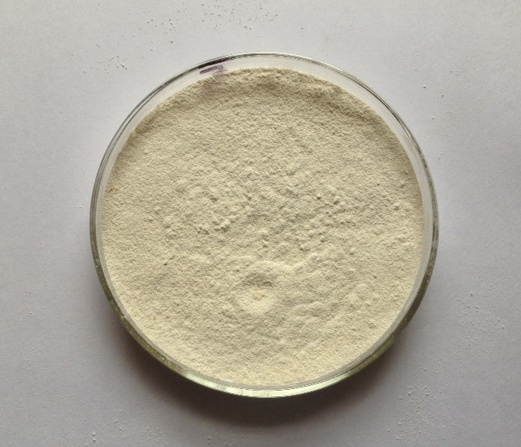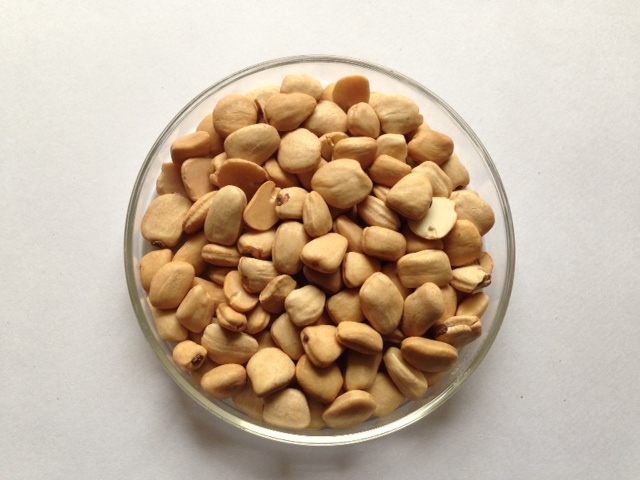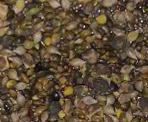Fenugreek seeds are known for its different properties like antioxidant, antimicrobial, anti-diabetic etc. They are also used as a thickening agent as well as an emulsifier. It is widely been used in the food industry as a spice and flavoring agent in pickles and cheese. Studies show that fenugreek seed is going towards a growth path due to its high nutritional profile and is also been used as a medicinal herb. Nowadays, consumer awareness towards healthy living is increased and hence there is a demand for the fenugreek seed.
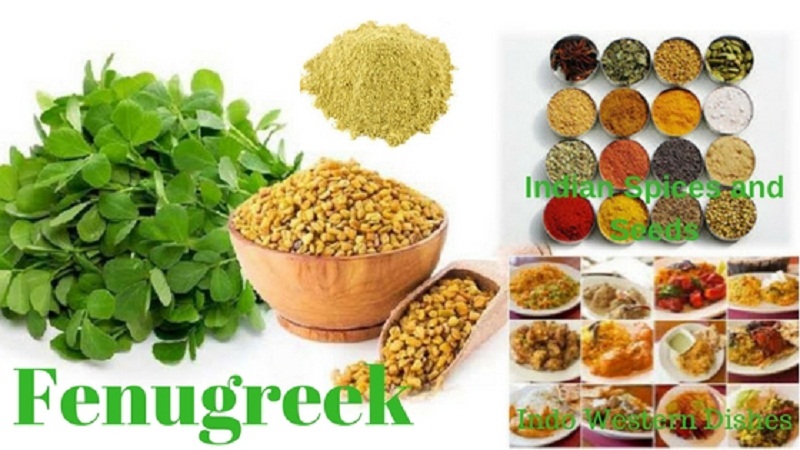
Here are some of the factors responsible for growing demand for fenugreek that benefits to bulk quantity exporter of fenugreek seeds
- Fenugreek seeds are rich in soluble fiber that helps to lower the glucose level in the body and slows down the carbohydrate absorption.
- These seeds contain amino acids that directly stimulate insulin secretion, in turn, reducing insulin resistance.
- Along with this, it promotes good heart health and helps in lowering blood cholesterol levels.
- Fenugreek seed also has a diverse benefit on skin and hair. It helps to overcome skin problems with its anti-aging effect, cures acne and also moisturizes the skin.
- For hairs, this fenugreek seeds adds shine to your hairs preventing hair loss, premature graying and fights against dandruff.
- There are also other health benefits like it helps to prevent heart attack, cancer as well as also reduces the pain due to arthritis.
- It cures with the digestion problem, stomach inflammation, and constipation making your immune system stronger.
- It has a huge application in cosmetics and pharmaceutical industry due to its various health benefits and is also been used in the preparation of perfumes, soaps, and more products.
- There are many more other health benefits that make you healthier and more energetic.
Due to all the health benefits and its use in different industries, the demands of fenugreek seeds are growing overseas as well as globally. Its benefits and pleasant flavor triggers to use fenugreek seeds in India in their daily diet. These seeds are commonly found in Indian kitchens and are mostly been used in every regular dish. Thus fenugreek seed plays an important role in healthy living.
Altrafine Gums, a bulk exporter of fenugreek seed provides with a high quality of seeds that are been used in different industrial application. Our fenugreek seed is of high nutritive value and pure in quality. Along with this we also offer with our other products like guar gum powder, fast hydration guar gum powder, cassia tora powder, sesbania gum powder, and many more products. These products are been used by various industries having different applications. For more information about different products contact us today and also know about the different applications of the product used in industries.






